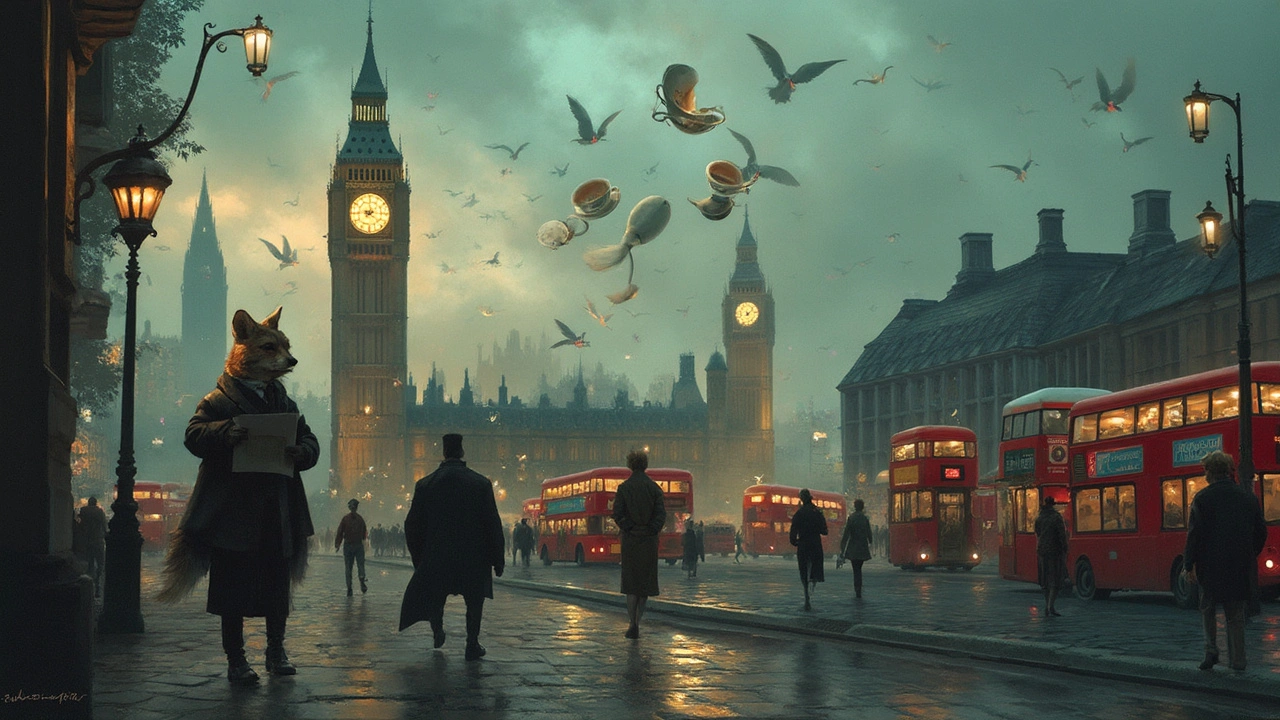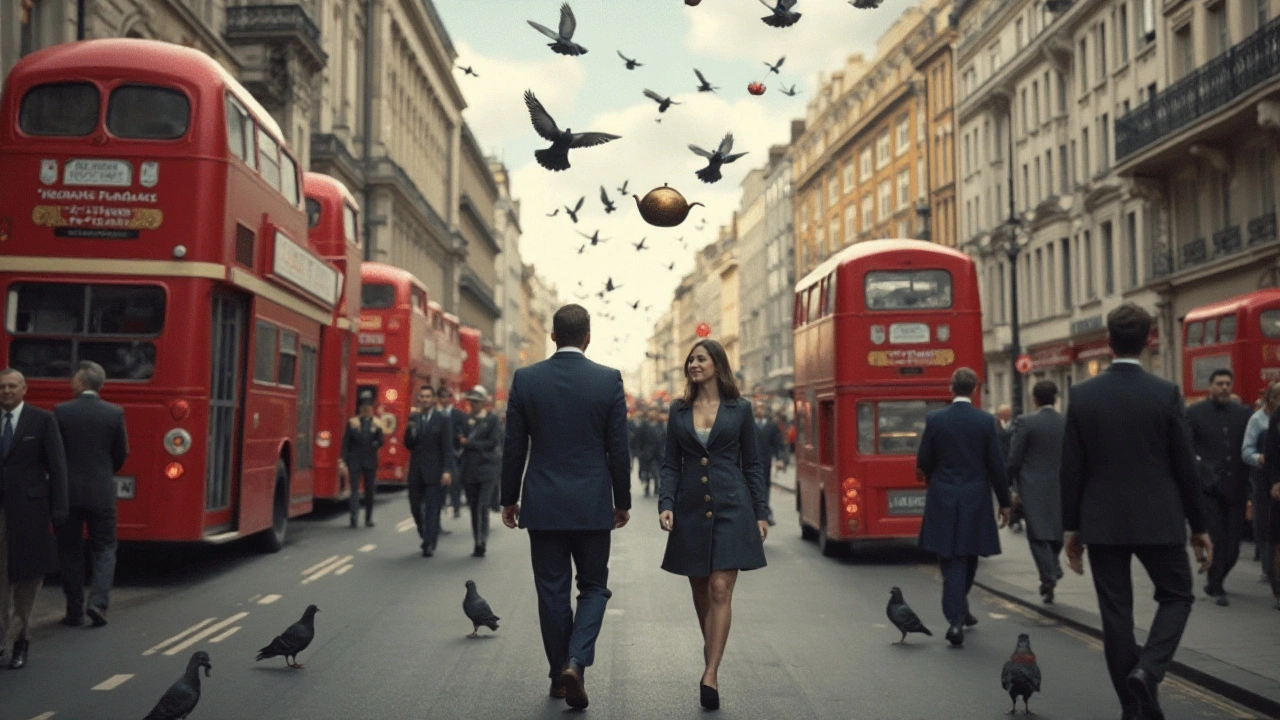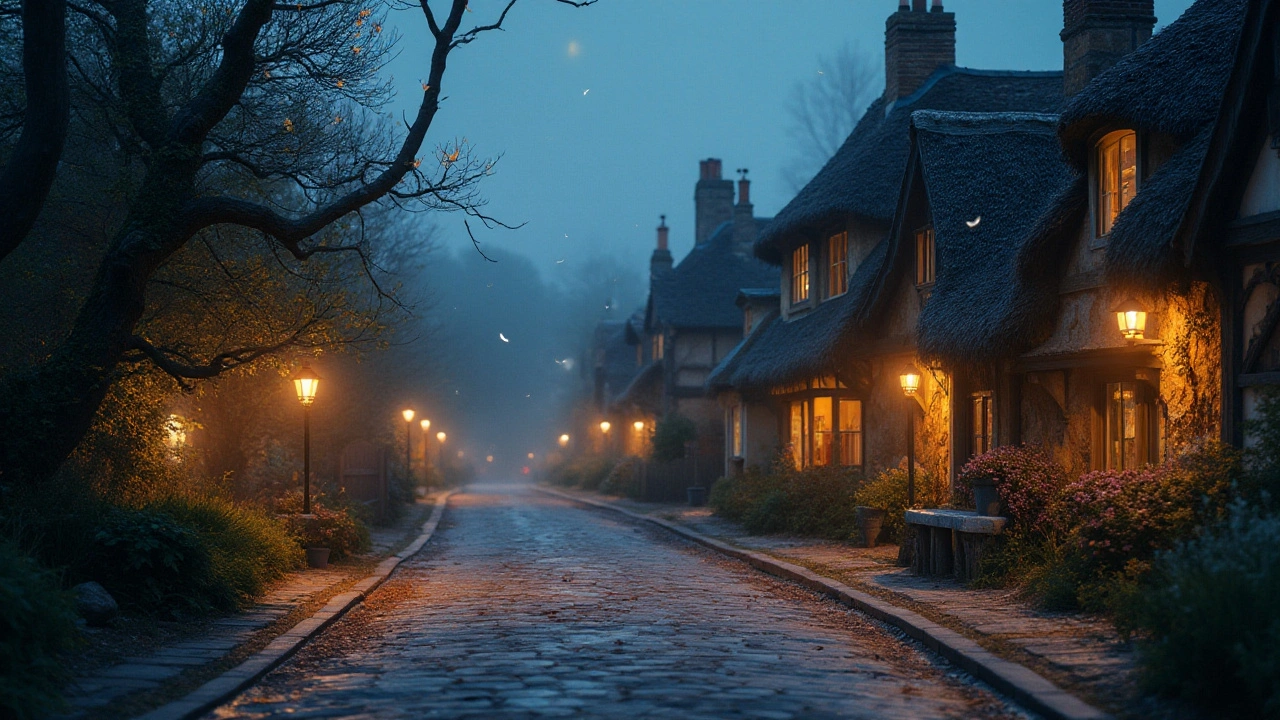Fiction in Art: How Stories Shape Visual Work
Fiction isn't just for novels. In art, it becomes a tool to invent worlds, twist reality, and push ideas farther than what you see. On this tag page you'll find clear, practical pieces that link storytelling to real art movements—from photorealism that mimics a scene to Fluxus that breaks the rules of narrative entirely.
What you’ll find here
Short, useful reads that help you use fiction in your own projects. Want technique? Check out articles like "Photorealism Art: Techniques, Secrets & History for Stunning Realism" for hands-on tips. Want ideas about mood and movement? Pieces on "Abstract Expressionism" and "Expressionism in the 21st Century" show how emotion becomes story. If you’re curious how design and story mix, the Bauhaus and De Stijl articles explain how simple forms tell strong narratives. And for experimental approaches, the Fluxus and Installation Art posts give ways to make interactive, story-driven pieces.
Quick picks to start with
1) Photorealism Art: Great if you want tight technique and believable scenes you can combine with a written story or short film concept. 2) Harlem Renaissance: Birth of a New Black Identity — read this to see how narrative and identity shape whole movements. 3) Fluxus: The Art Movement that Changed How We See Creativity — perfect for playful, surprise-driven projects where the viewer completes the story.
Each article includes examples, real artists, and practical tips you can use the same day. For instance, photorealism pieces often explain layering methods you can adapt to digital painting. The Bauhaus reads point out layout and composition rules that immediately improve visual storytelling in posters or book covers.
Use this tag as a compact research kit. If you’re making a short series, pick one movement for visuals and another for pace: fuse Bauhaus order with Futurism’s speed, or layer Primitivism’s raw shapes over photorealistic detail for contrast. Try the exercises inside the posts — sketch, write a one-line backstory, then turn that line into an image. Small experiments like that grow into stronger concepts fast.
Want to search smarter on the site? Combine this tag with keywords: "fiction + photorealism" or "fiction + installation art" to find posts focused on narrative uses. Bookmark the the posts you love and return when you need a fresh idea or a technique refresher.
Ready to use fiction as a tool? Start with one article, copy a useful step, and build a tiny project around it. Stories in art are about choices — pick one, run with it, and you’ll see how quickly the idea grows into something visual and memorable.



